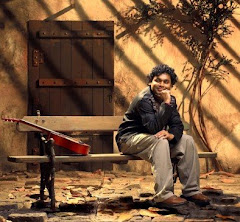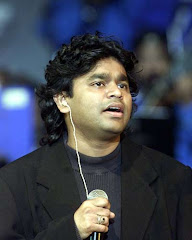DESARAJU SURYA
Hyderabad: A new research which scientists say “rewrites history” has established that Indian populations are an “admixture” of two ancestral populations that are joined by an “invisible thread.” Scientists from Hyderabad-based Centre for Cellular and Molecular Biology, Harvard Medical School, Harvard School of Public Health and the Broad Institute of Harvard and MIT, USA, have collaborated for this research project, which is said to be the “first and largest-ever genome-scale analysis of diverse Indian groups.” “Barring the Andamanese, the present Indian population is a mixture of Ancestral North Indian (ANI) and Ancestral South Indian (ASI). The implication of this study is that India is not one population and we are a nation of multiple populations,” former director of CCMB Lalji Singh, who is part of the research team, has said. Releasing the findings of the study, along with fellow researcher Kumarasamy Thangaraj and CCMB acting director Veena K Parnaik, Lalji Singh said the genomic analyses revealed two ancestral populations – ANI and ASI. Results of the research were published in the latest issue of international science journal Nature. There were 4635 well-defined populations in India, including 532 tribes and 72 primitive tribes. “Different Indian groups have inherited 40 to 80 per cent of their ancestry from a population that we call the ANI who are related to western Eurasians and the rest from the AIS who are not related to any group outside India,” Lalji Singh explained. This applied to traditional tribes as well as castes, he added. “The caste system in India has not been created by the British as blamed. It’s there for ages,” he pointed out. Lalji observed that the so-called “Aryans” did not come from outside. “They are within India. Our study doesn’t support the theory formulated by Max Mueller,” he added. He also noted that Aryans and Dravidians were part of the same culture. “We need not speak of them separately.” There was strongest evidence that tribes in north India have similarities with Europeans while the north-east population has similarities with China. Lalji said the research team analysed more than five lakh genetic markers across the genomes of 132 individuals from 25 diverse groups representing 13 states and all six language families. “The largest objective of the present study is to prevent genetic disorders among Indians. In future, we would try to trace the exact divergence times of ANI and ASI and also how India populated many other countries. Those results will be out in a few more years,” Lalji Singh said. David Reich of Harvard Medical School, Nick Patterson and Alkes L Price of Broad Institute of Harvard were also part of the research team.
Thursday, September 24, 2009
Subscribe to:
Posts (Atom)





